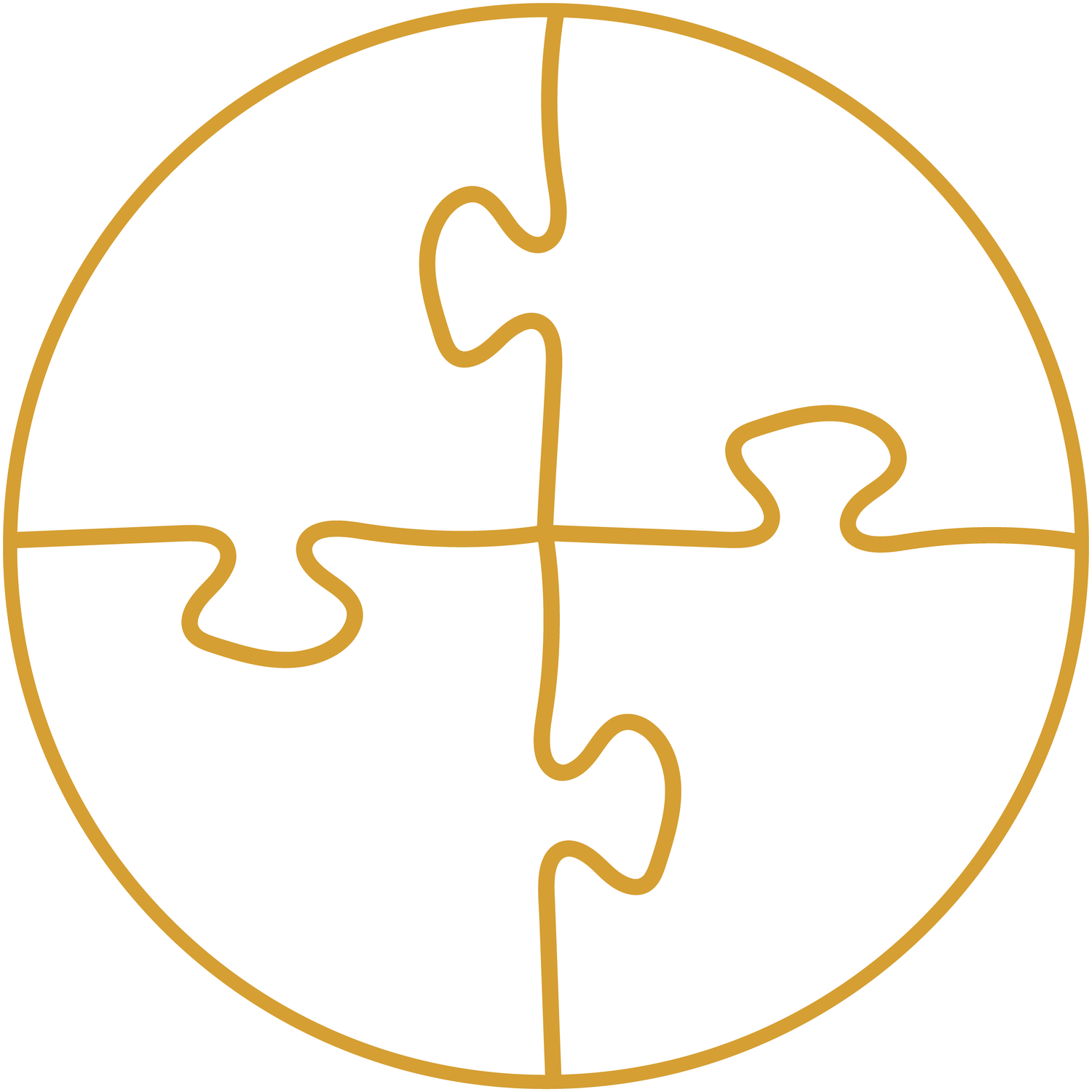Motor Control-From Good to Great
If you’re doing an exercise wrong, our job is to determine why and find a way to fix it. At times this process is very straightforward. First we ask do you understand the purpose of the exercise or the mechanics of the task. There are always times when a person was never taught how to properly perform a given movement and just needs to be shown the mechanics on how to execute it- this goes for a golf swing, tennis serve, or just a functional squat. But when you know the intended movement and still can’t perform it correctly, we have to ask a few more questions.
Is it a structural problem?
Is the musculoskeletal system sufficient for the task at hand? Maybe your hamstrings are so short, your deadlifts are extremely limited. Thinking about a recent client, perhaps your ankles are so stiff you can’t keep your chest upright in a squat, compromising your form enough to strain your back. Perhaps there is arthritis in the hip joint and you no longer have enough hip rotation to swing a golf club. Even if you wanted to do these exercises correctly, at that moment, your body simply won’t allow it. With an issue like muscle imbalance or joint stiffness, there are often mobility exercises or stretches that could help you gain access to the right form. Manual therapy is often used to address these structural problems quickly and efficiently, and then mobility exercises are prescribed to maintain the changes.
Ok so you still can’t do a pistol squat. Next we ask, Is it a neuromuscular problem?
The neuromuscular system refers to the communication from the nerves to the muscles. It defines how many motor units are recruited and for how long. In layman’s terms- do you have the strength and/or endurance to complete the exercise. Strength and endurance can be straightforward and relies upon exercising a given muscle with a consistent program over a period of time (and with the right nutrition). This part of the process is well understood and accepted by the general population and fitness industry.
So now your body is perfectly aligned and you have excellent strength. Why, then, does your (insert functional movement/exercise here) still look so strange?
What about Motor Control?
Here is the most important part of rehabilitation that I believe is sometimes overlooked. Motor control is the integration of these component parts with the central nervous system. Motor control is the brain’s ability to tell the body what to do and have it respond in a coordinated and efficient manner. So often the brain has discovered a movement pattern to compensate for a prior injury and then forgets to default back to the way it was working before. Let me give you an example:
A person has an ankle injury and has to wear a boot for four weeks. Said person walks rather strangely to accommodate the boot- they hike the hip to allow more room to clear the cumbersome foot. They can’t roll through and push off with their foot so they lift with the quads and hip flexors to advance the leg. There is a lean with the body to help offset the extra weight and height of the boot. Fast forward three months later, the boot is off, the ankle has mobility, strength of the calf has returned with some heel raises and the injury is healed. For some people, that is the end of the story but for most people they continue to walk with a slight limp. The central nervous system has gotten used to this new motor pattern of walking and it has become ingrained as a habit. It almost even feels like a new “normal.”
Oftentimes I hear “so you’re telling me I need to learn how to walk again?!” The answer is yes. The old motor plan (ie. blueprint for the gait cycle) is in there somewhere but has to be re-activated. Assuming a normal childhood development, all of the ideal movement patterns are in there (the brain) somewhere. Our lives are messy and we have adapted, compensated, substituted and found ways to move through space, compete in sport, and recover from injury in ways that help us to be successful whether right or wrong. These adaptations are often necessary at the time but can lead to trouble and varying levels of dysfunction if left unchecked.
Indeed changing these patterns is met with some frustration, but if there is anything I have learned from working with Travis, it is that frustration is a positive sign of growth and change. A new motor pattern requires neuroplasticity. Neuroplasticity requires, yes, Thought, Concentration, Repetition, and Effort. But this is the part that I believe to be a missing link and the most important puzzle piece in restoring movement and preventing a cascade of problems in the future. Do not skip this step.
Your job is to ask yourself - what is my goal in doing this exercise/workout/fitness program? If you’re rushing through it with no concern over quality, you might be getting your heart rate up but you might NOT be moving in the direction of your goals. The quality of your movement is what makes the difference and allows you to reach optimal efficiency. It’s about having the skill, conscious and then unconscious, for your brain to communicate to the body in the way that coordinates your muscles in the intended way to achieve the best result. If you need help, just let us know.
